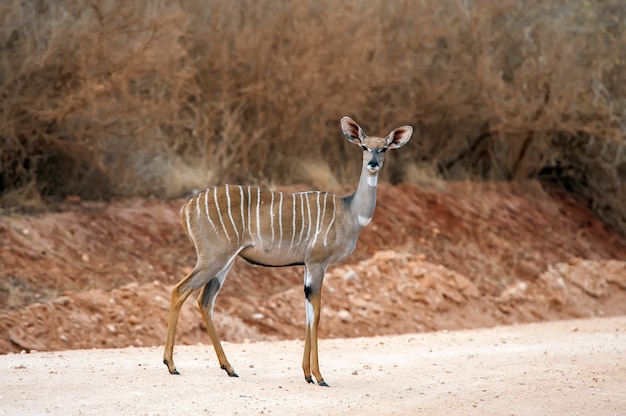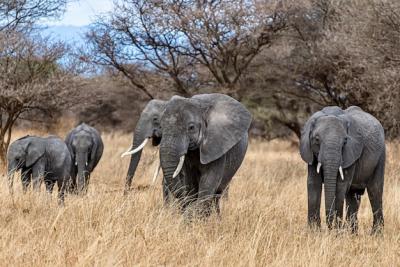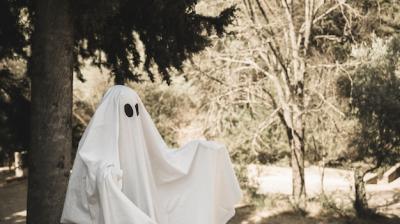Greater Kudu (Tragelaphus strepsiceros) – Wild Life Animal of Africa | Free Download
Greater Kudu: A Stunning Wildlife Animal of Africa
The Greater Kudu, known scientifically as Tragelaphus strepsiceros, is a majestic antelope species native to the beautiful landscapes of Africa. These animals are often found in the bush and woodland areas, where they thrive among the shrubs and trees. With their impressive size and striking features, Greater Kudus are a symbol of the untamed wilderness.
Physical Appearance
The Greater Kudu is known for its remarkable physical characteristics, which make it stand out in the wild:
- Size: Males can weigh between 300 to 600 pounds, while females are smaller, weighing around 200 to 400 pounds.
- Horns: Males have long, twisted horns that can reach lengths of up to 4 feet.
- Coat: Their fur is typically a grayish-brown shade, adorned with white stripes and white spots that help them blend into their surroundings.
Behavior and Habitat
Greater Kudus are known for their shy and gentle nature. They are primarily active during the early morning and late afternoon, seeking shelter from the heat of the day. Here are a few interesting facts about their behavior:
- Diet: These antelopes are herbivores, feeding mainly on leaves, shoots, and grass.
- Social Structure: Males tend to be solitary or form small groups, while females often gather in herds with their young.
- Predation: Their natural predators include lions, leopards, and wild dogs, but their keen eyesight and strong sense of smell help them evade danger.
Conservation Status
The Greater Kudu is currently classified as Least Concern on the IUCN Red List, thanks to its wide distribution across various African regions. However, habitat loss due to agriculture and urbanization poses a threat to their population. Conservation efforts are essential to maintain their natural habitats and ensure their continued survival.
Why the Greater Kudu Matters
Beyond their beauty, Greater Kudus play a vital role in their ecosystem. They help maintain vegetation balance by grazing, which supports various other wildlife species. Their presence in the wild is not just a sight to behold but a crucial aspect of biodiversity.
If you're fascinated by wildlife, the Greater Kudu is undoubtedly an animal that captures the heart. Their grace and strength are a testament to the beauty of Africa's natural heritage.












